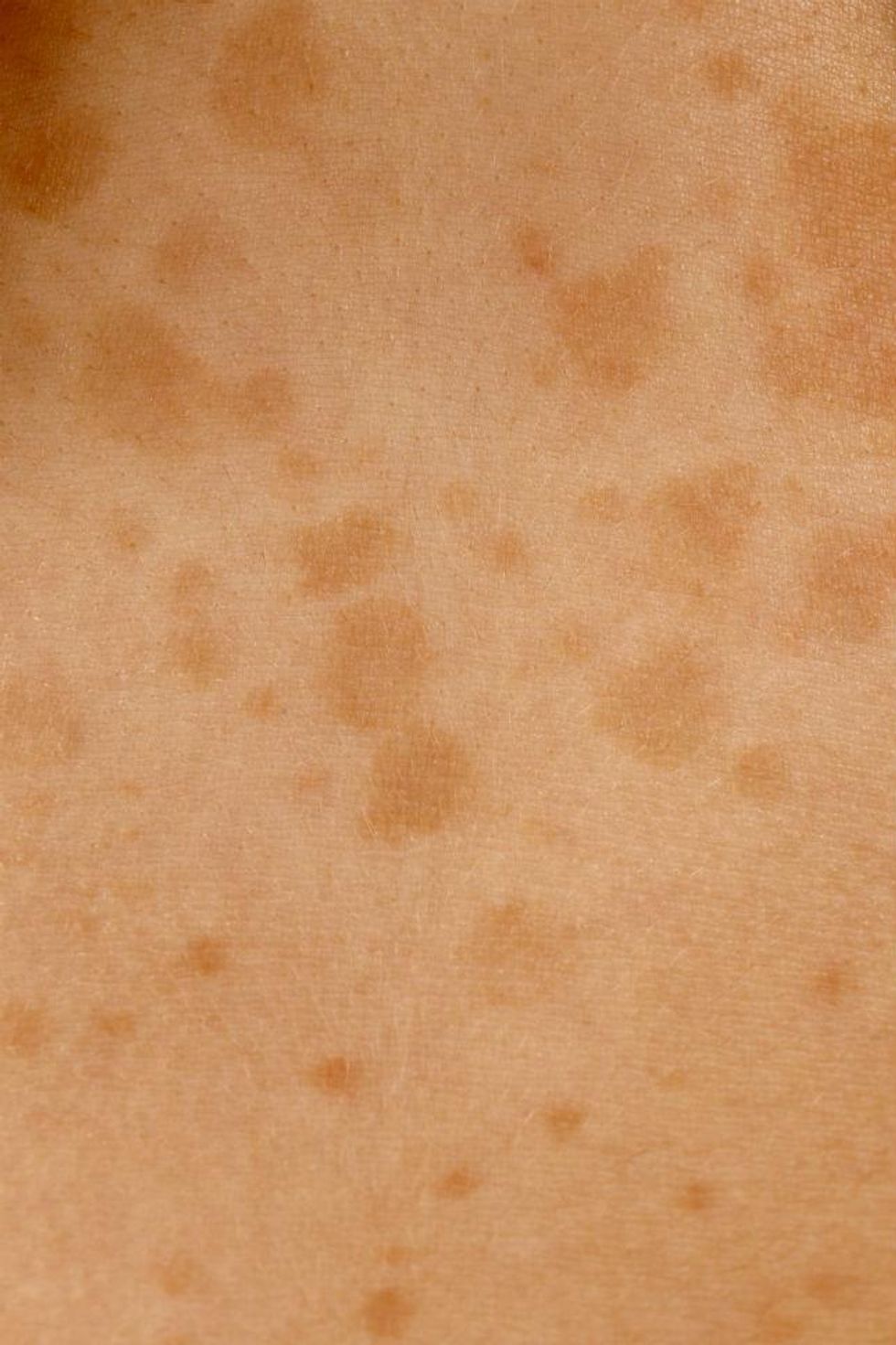News

Picture: Peeter Viisimaa/istock
Holidays to hot countries gift people with that golden glow that can only come from spending an inordinate amount of time in the sun.
So much that your skin sweats and you might even burn a little. But that’s okay; when your skin starts peeling you can always scrub the patches off in the shower right?
Not always.
Those patches might actually be a fungal condition.
Pityriasis versicolour – or ‘Tinea’ versicolour as it’s popularly referred to - is a skin infection caused by Malassezia yeast, a fungus that lives on over 90 per cent of people’s skins.
It causes patches - much like the ones you get from peeling after staying in the sun too long – except they don’t go away unless you treat them with anti-fungal medication.

So what causes it?
According to the NHS, there are several factors which increase the likelihood of developing the condition:
Sweating profusely
Naturally oil-prone skin
Being a teenager or in your 20s
Moist, warm environments. This can be the UK in the summer
How is it treated?
The patches won’t go away on their own, and while they don’t tend to be itchy or painful you’ll need to visit your doctor.
They will take a sample of the patch and, under a microscope; they will be able to see straight away if it is tinea versicolour.

Picture: Wiki Commons
There are three main types of medication you can use: Antifungal shampoos, creams and tablets.
Shampoos are available over the counter in pharmacies, but depending on the severity of the condition, your GP might prescribe creams or a course of tablets.
The condition is relatively common, and one in 100 people in the UK have it.
For more information about the condition, or if you're unsure about the spots on your skin, visit the NHS website or talk to your doctor.
HT BuzzFeed
More: Why having three meals a day might actually be making you sick
More: The 10 most common reasons given for pulling a sickie in Britain
Top 100
The Conversation (0)












